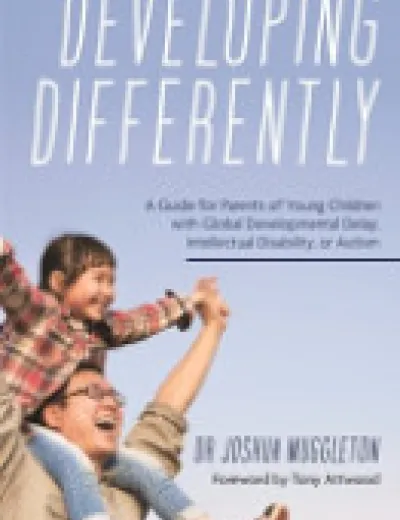Autism Spectrum Disorder (ASD) is a neurodevelopmental disorder that affects a person’s social skills, communication and behaviour. The signs often appear in the first two to three years of life but may show up later.
Each person’s experience is unique and their symptoms can range from mild to severe. This is why autism is referred to as a spectrum. There is no one cause of autism and the cause is not yet well understood. However, a combination of genetic and environmental factors may play a role.
Children and youth with ASD usually experience two types of symptoms:
- challenges with social communication and interactions
- repetitive (repeated) and restricted (narrow or intense interests) patterns of behaviour
These symptoms cause challenges in day-to-day life. They are present at school, home, and other areas of life. The symptoms are also present across the lifespan, though they may change as individuals develop, learn new skills or find environments that are a good fit for them.
Note: The terms ‘children with autism’ and ‘autistic children’ are both used throughout the content to respect individuals’ different preferences for person-first and identity-first language.
Challenges with social-communication and interactions in ASD may include:
- delayed language or nonverbal, unusual use of language such as scripted phrases (for example: repeating words from TV, movies or stories)
- little use of gestures during conversations, gestures that don’t align with verbal language, and trouble understanding the gestures of others
- avoids eye contact, less eye contact than same-aged children, or eye contact that is not aligned with verbal language
- challenges in conversations such as not following the “rules” of conversation (for example: not taking turns speaking, focusing on own interests)
- challenges sharing interests, thoughts and feelings with others
- lack of social awareness or what’s appropriate
- unusual facial expressions, unusual body positions
- challenges building and maintaining close relationships. Some autistic children and youth might not be interested in others. However, many children with ASD are interested in others, but they may not know how to start or maintain friendships. They may have challenges changing their behaviour to fit what others are doing or having conversations about topics they are not interested in.
Repetitive and restricted patterns of behaviour in ASD may include:
- repetitive movements or use of objects
- repeats the same words or phrases
- problems dealing with changes in routine or environment
- rigid thinking – not able to consider other ways of doing something or other opinions
- very specific interests that are unusual and intense
- more sensitive or less sensitive than others to sensory experiences (for example: pain, temperature, texture, smell, taste, lights, or sound)
Self-Injurious Behaviour in Children with Neurodevelopmental Disorders
Some children with autism or other forms of neurodiversity engage in self-injurious behaviour (SIB), which can be defined as self-directed injury that is non-suicidal in nature and causes physical injury to the body. SIB can be difficult to understand and treat, especially in autistic children who are minimally verbal (around 30 words or so). You can learn more about supporting your child with SIB here, and hear about a parent's experience with her daughter's SIB here.
ASD and Mental Health
Families of children with ASD may face specific challenges and stressors. These can have a big impact on your child, personal relationships and family, but treatment can help a great deal.
Why is it hard to diagnose mental illness in children with ASD?
- mental health symptoms in ASD may look different than they do in other people (for example: anxiety may look like hyperactivity or oppositional behaviour)
- it may be difficult to know what a child is feeling (for example: if they can’t tell you how they feel)
- other people may misread the child’s symptoms (for example: thinking the mental health disorder symptoms are due to autism)
- the child may not think that something is wrong
- there are less guidelines and tests that help to diagnose other mental health disorders in children with ASD
- there are fewer clinicians trained in understanding both ASD and mental health diagnoses




